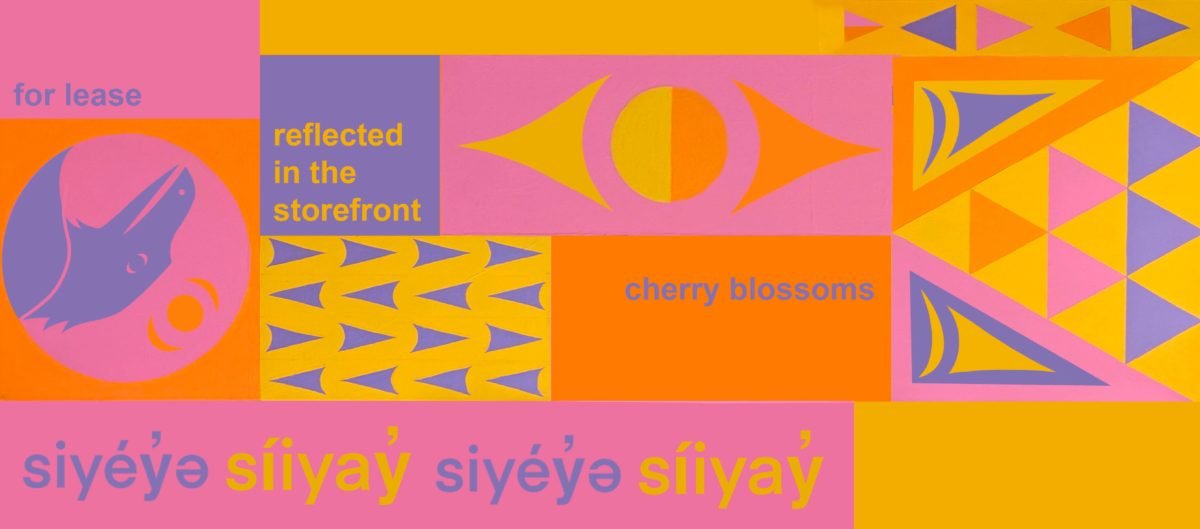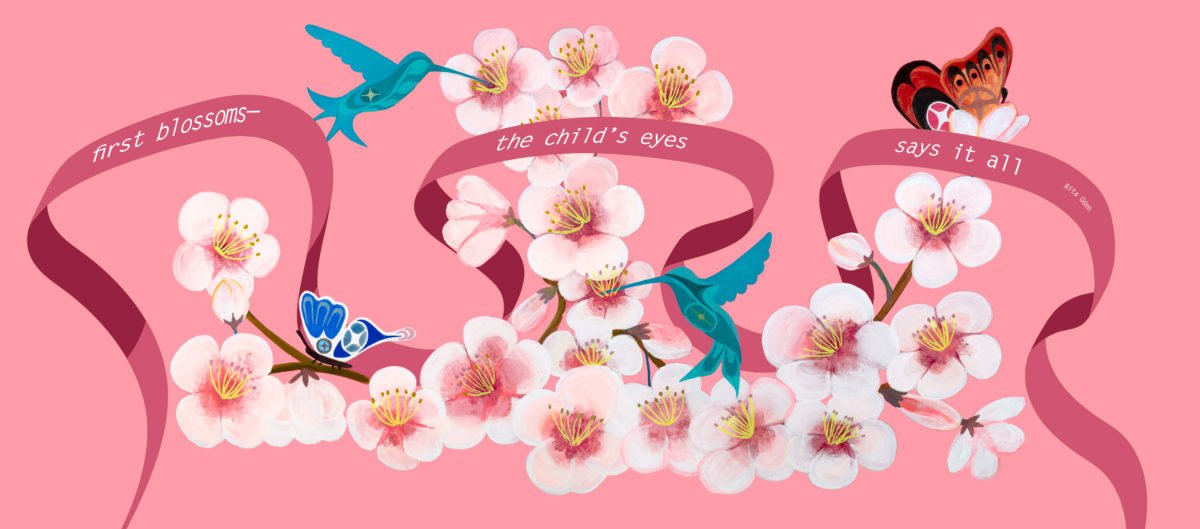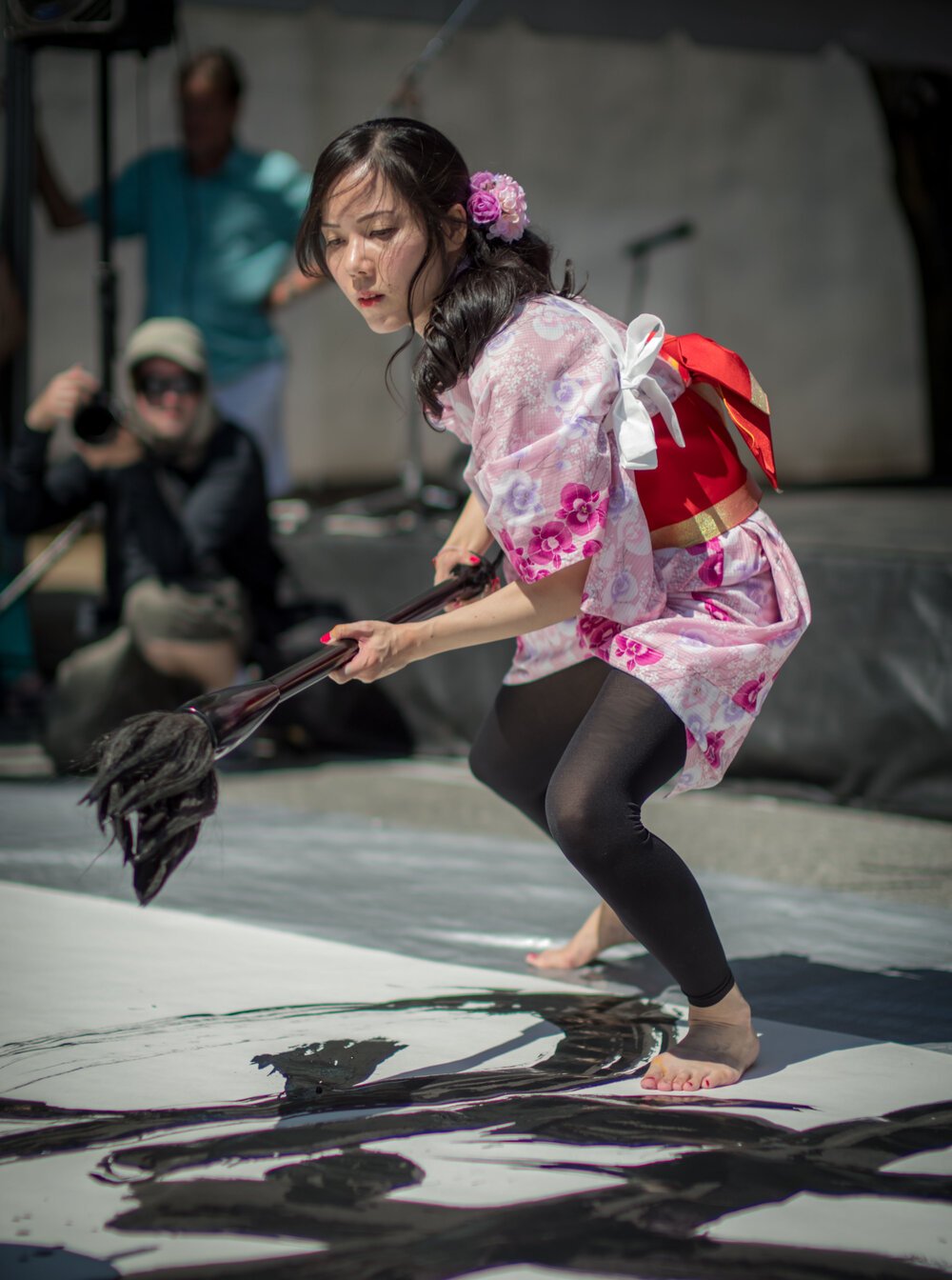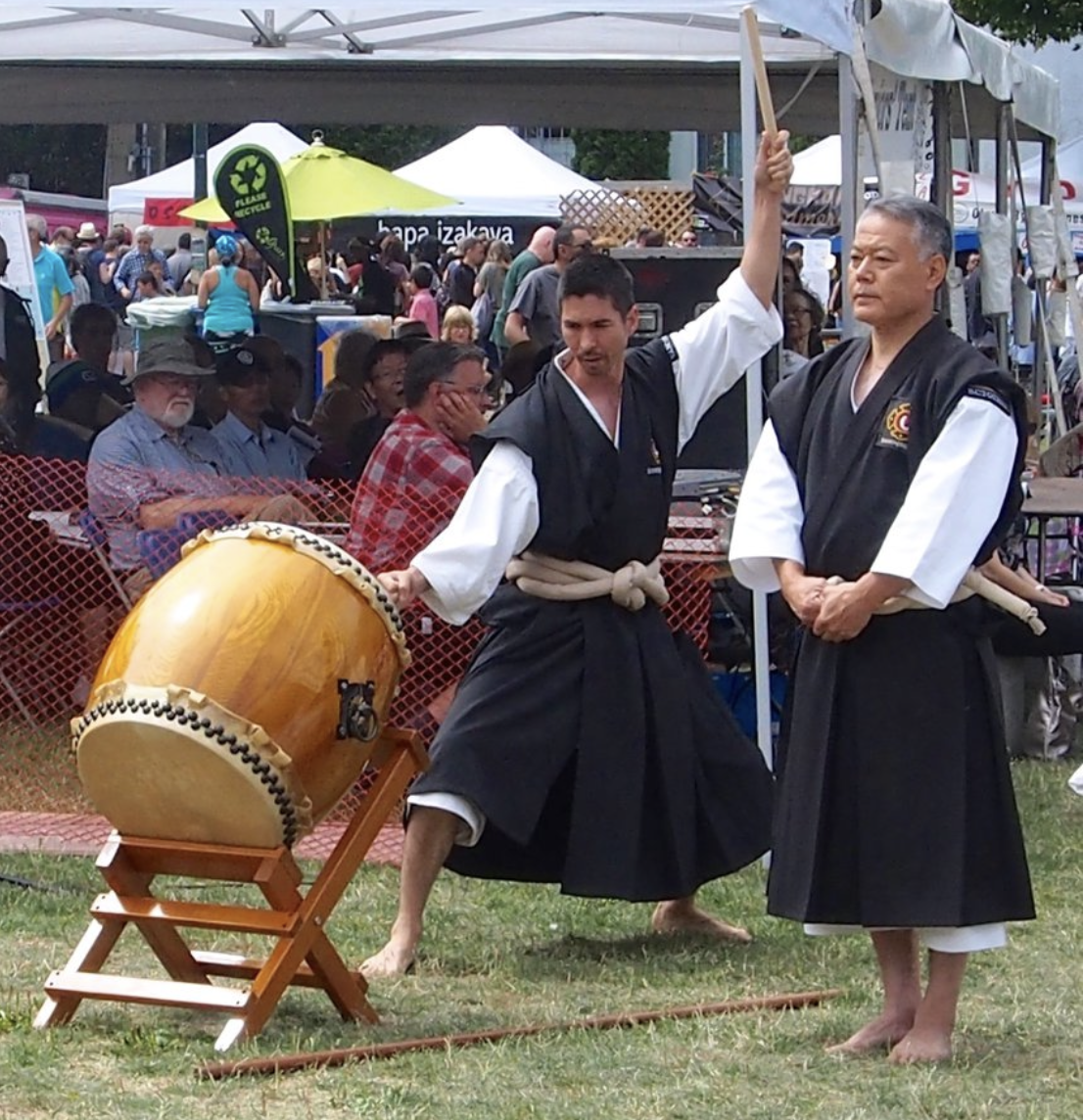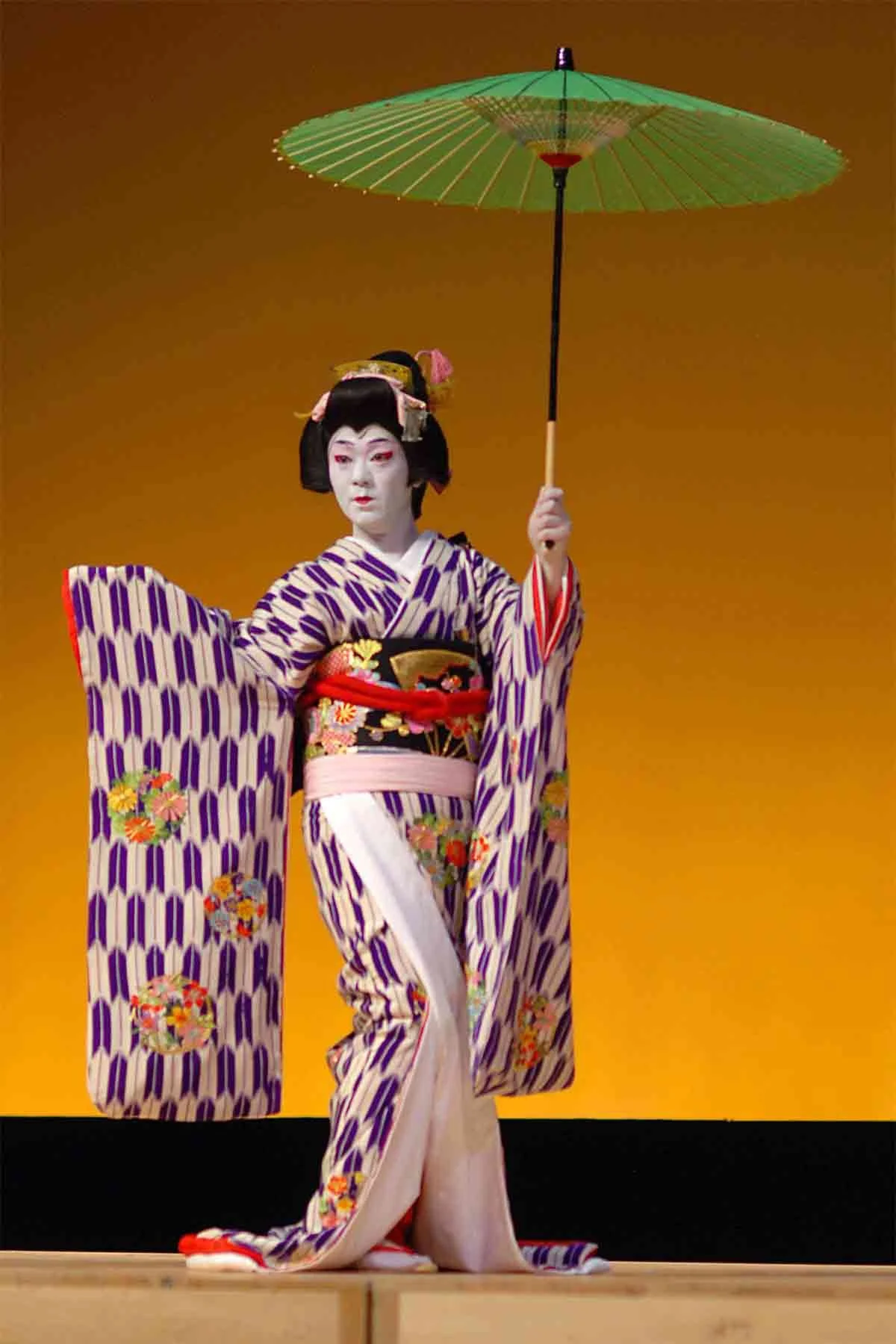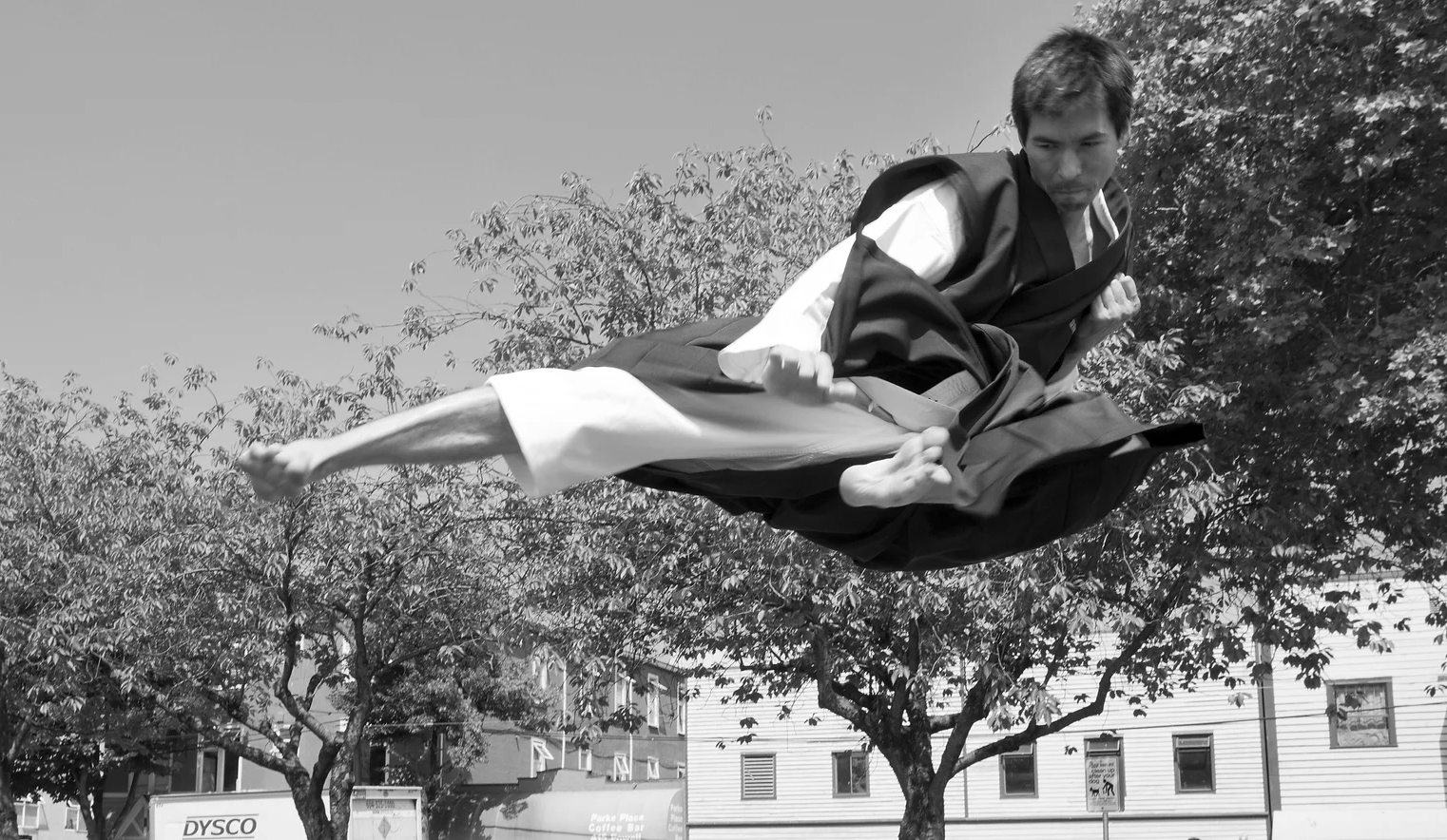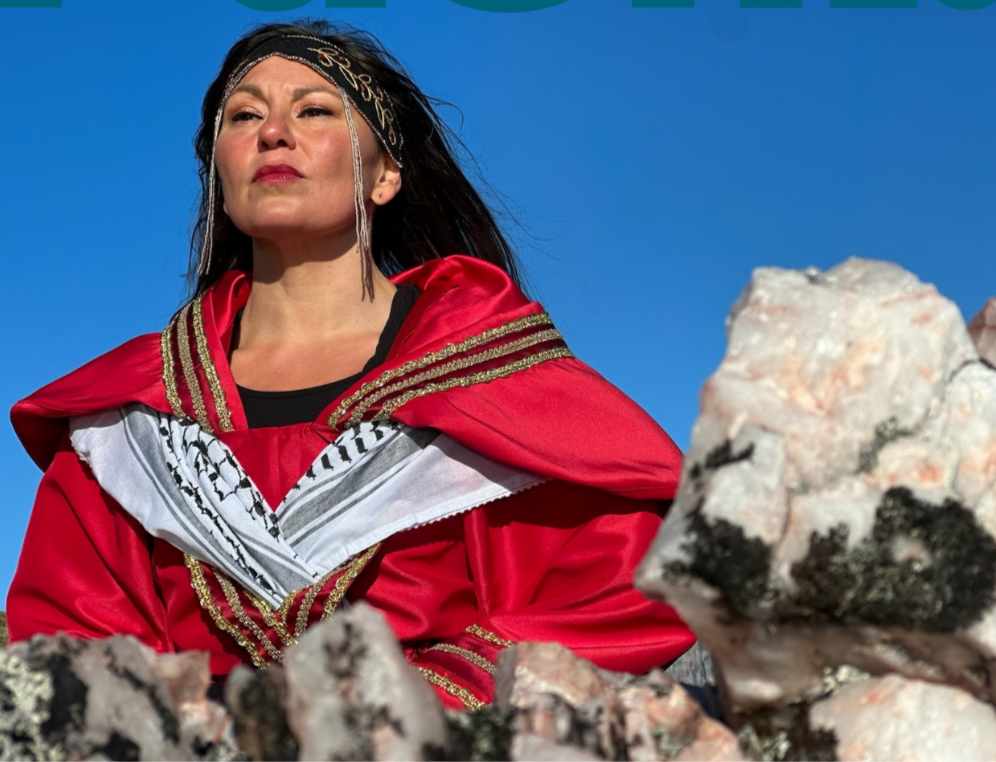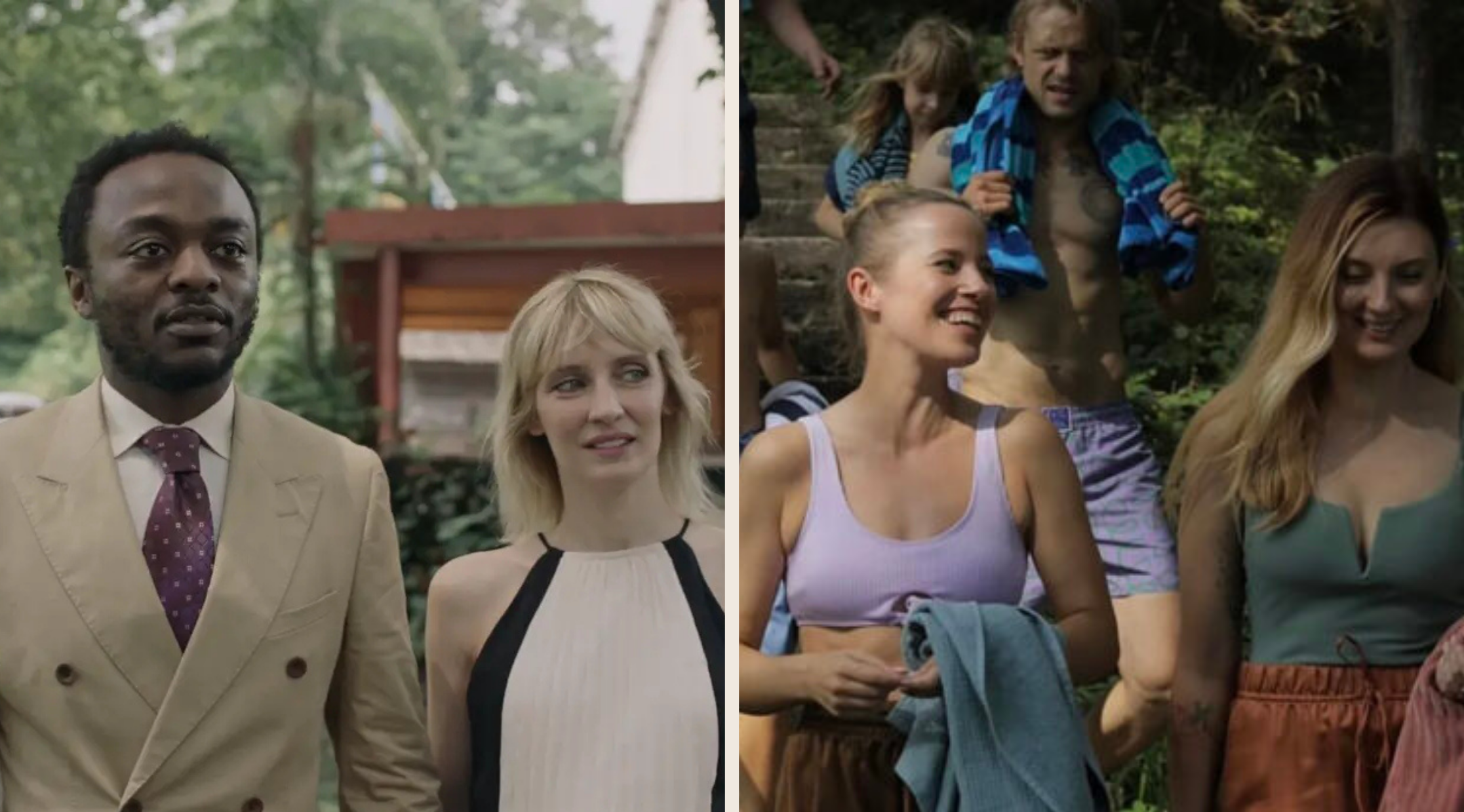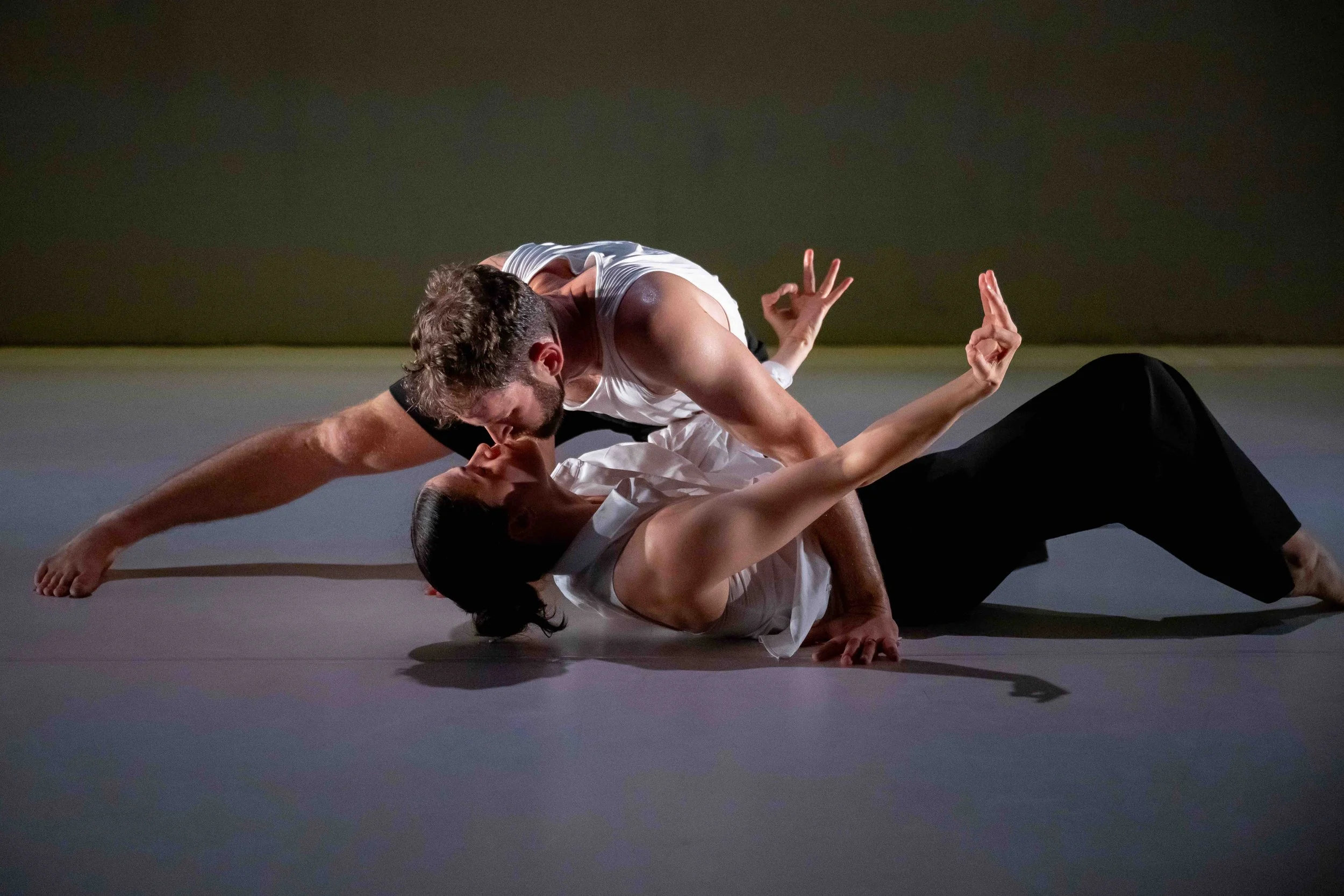Stir Cheat Sheet: Six highlights of Sakura Days Japan Fair 2022
Arts lovers won’t want to miss these happenings at the cultural celebration that’s part of Vancouver Cherry Blossom Festival
Above: Artwork by Ocean Hyland; haiku by Ann Harreby.
Above: Artwork by Xwalactun (Rick Harry); haiku by Chad Lee Robinson Pierre.
Vancouver Cherry Blossom Festival presents Sakura Days Japan Fair on April 9 and 10 from 10am to 5 pm at VanDusen Botanical Garden.
A SIGNATURE EVENT of the annual Vancouver Cherry Blossom Festival, Sakura Days Japan Fair is a celebration of Japanese culture. From shiatsu and sake to origami and jewellery to bento boxes and JapaDog, all kinds of vendors and exhibitors will be onsite, while free tea-ceremony demonstrations will take place twice each day at the Japanese Garden.
Here’s a handful of arts highlights to take in amid so many breathtaking blooms this year. See Vancouver Cherry Blossom Festival for the full schedule.
Artwork by Erva-Jean Sparrow; haiku by Rita Odeh
Haiku Installation
First unveiled at the festival’s Big Picnic, this multi-artist installation has moved to VanDusen Garden for Sakura Days Japan Fair. The project aims to connect the poems of the fest’s 2021 Winning Haiku to the cherry tree while highlighting work by members of the three host First Nations: Xwalacktun (Rick Harry), a Squamish Nation member and Order of British Columbia recipient who works in wood, paper, stone, glass, and metals; Ocean Hyland, a member of the Tsleil-Waututh Nation who works in the realms of painting and digital design; and Erva-Jean Sparrow, an emerging Musqueam artist.
Kisyuu.
Kisyuu Japanese Calligraphy
Kisyuu is the calligraphy master name that the Japanese-born artist Kisyuu was given by her mentor, Kosyuu Kobayashi, at age 18. Upon moving to Canada in 2007, Kisyuu has done calligraphy installations, workshops, lessons, exhibitions, live performances, and commissioned artworks while also working on projects for Microsoft, Shiseido, 20th Century Fox, Toyota, and Netflix. She writes both traditional and modern freestyle calligraphy, using a brush and sumi-ink to express her true self.
The Sakura Singers.
The Sakura Singers
This mixed-voice chorus (soprano, alto, tenor, and bass) sings primarily Japanese songs, including choral suites and folk tunes, all to share Japanese culture and promote good will. Soprano Ruth Huang-Suzuki, who has been the ensemble’s music director since its inception in 1970, who had an extensive singing career from opera to concert stage, including leading roles with Vancouver Opera, Edmonton Opera, Vancouver Symphony Orchestra, Victoria Symphony Orchestra, and beyond. A private vocal instructor, Huang-Suzuki taught voice for 23 years at Douglas College and has directed the Tzu-Chi Ladies Chorus for many years.
Vancouver Okinawa Taiko.
Vancouver Okinawa Taiko
Members of the multigenerational troupe (formerly known as Yuaikai Ryukyu Taiko) consider themselves ambassadors of Okinawan folk performance art, which combines Okinawan-style drumming and dancing with traditional and contemporary Okinawan music.
TomoeArts.
TomoeArts
A dance-theatre company that works between traditions and disciplines, TomoeArts has done everything from traditional Japanese dance in parks to performances with hand-held projectors and umbrellas on rainy city streets to kabuki dance concerts featuring master artists from Japan to intimate dances in kimono—and much, much more—with a focus on promoting Japanese performing arts, particularly nihon buyoh, or Japanese classical dance. Its name has two references: first, a tomoe (pronounced: toh-moh-ay) is an abstract shape that looks like a comma and is usually found in a pattern of two (futatsudomoe) or three (mitsudomoe); and second, Tomoe Gozen was a warrior general in the Genji clan in 12th century Japan who appears in the Tale of the Heike and is the title character of the warrior noh play Tomoe.
Shorinji Kempo BC.
Shorinji Kempo BC
This form of Japanese martial art, practised in nearly 40 countries worldwide, is said to cultivate spirituality, health, courage, and happiness. “Shorinji Kempo teaches that the essence of budo/martial arts is not to fight and defeat enemies, but to stop fighting between people, and to enable the harmony for a peaceful society,” says the local group, which was founded in 1982.
For more information, see Vancouver Cherry Blossom Festival.


